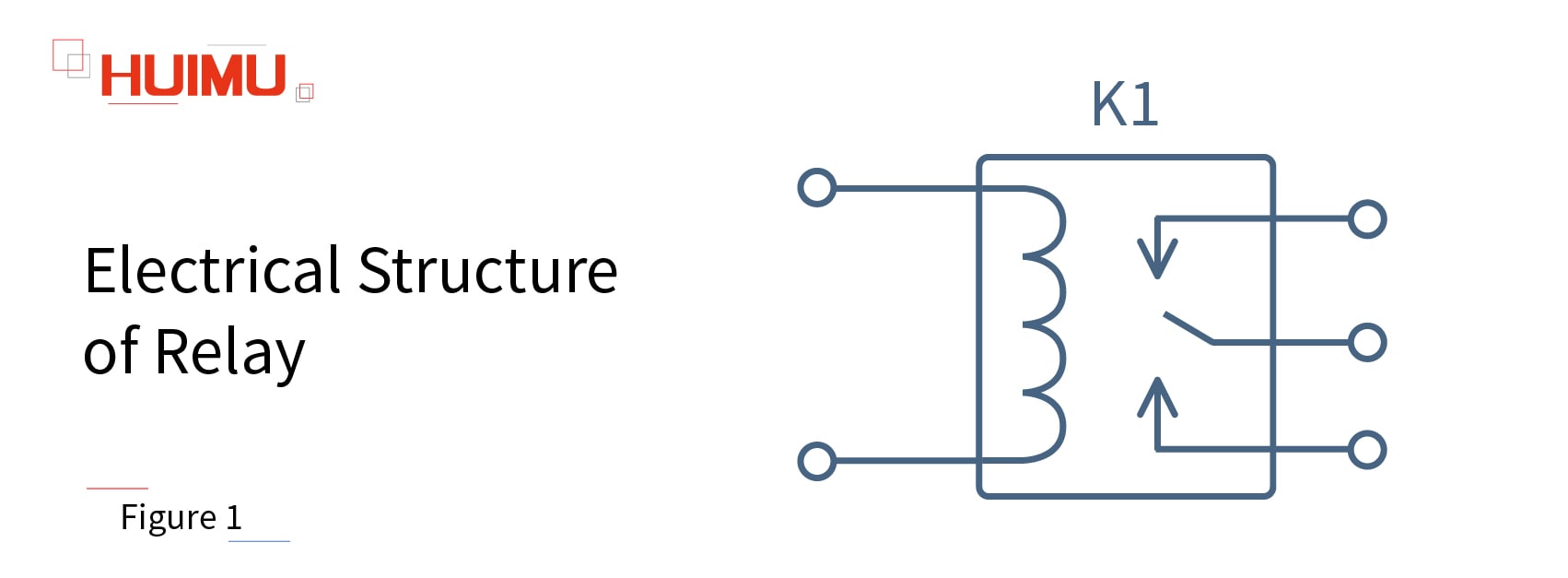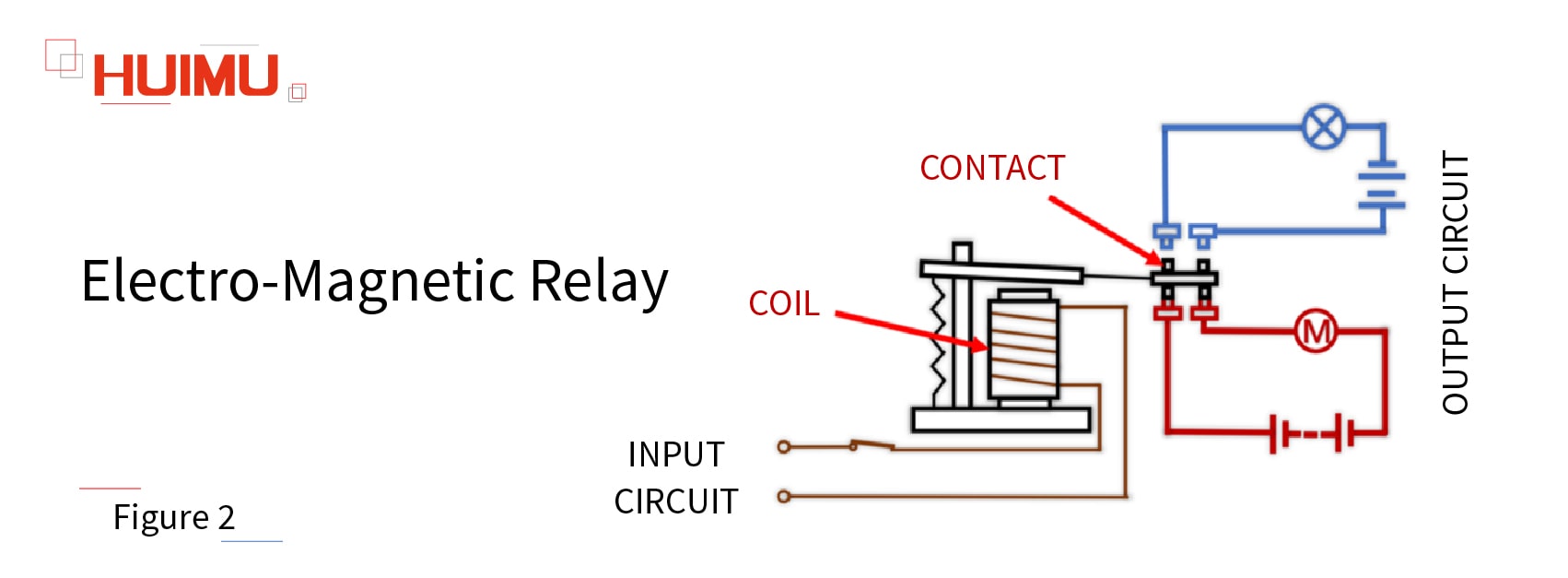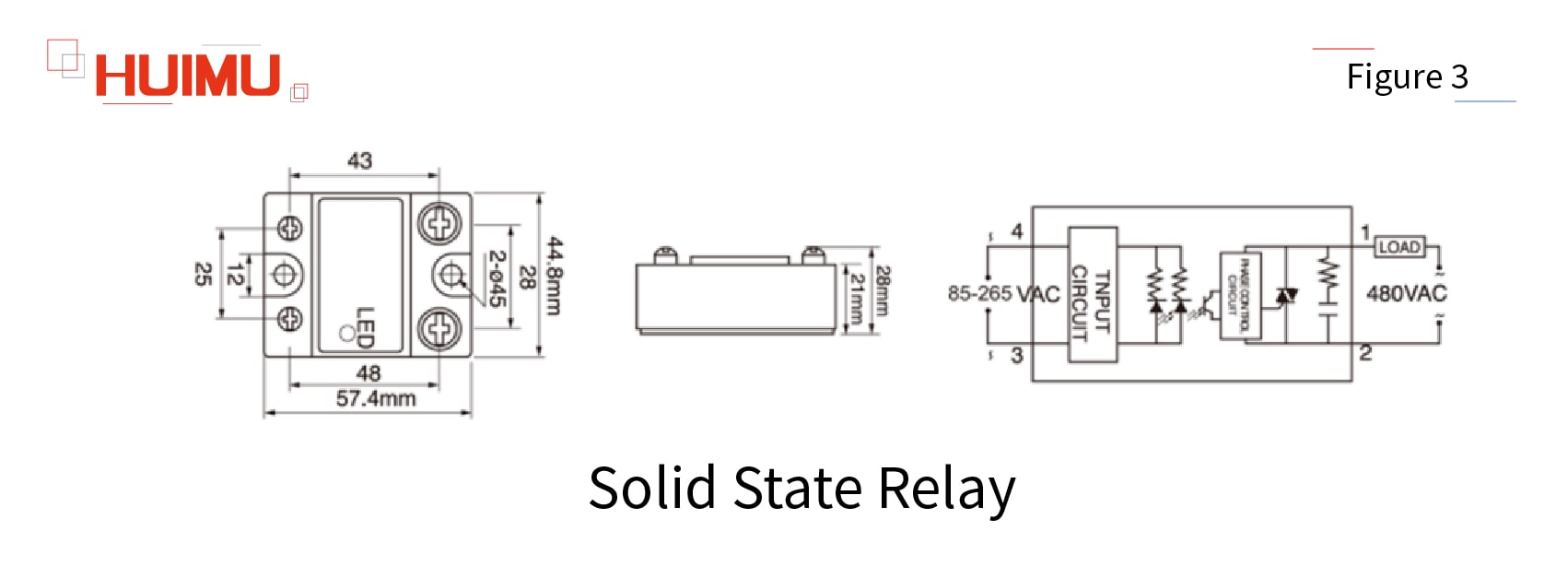§1. What are the Differences between SSR and EMR

The Relay is an electronic control device that acts as an Electric Switch in almost all electrical and electronic equipment. When the input value reaches the set value, the output value will produce a step change in the output circuit, so the relays are typically used to control large output currents with low input currents. And the relays are also used for automatic adjustment (such as temperature control system), circuit protection and circuit switch.
According to the structure, the relays can be divided into mechanical relays (such as electromagnetic relay, electromechanical relay or EMR) and non-contact relays (solid state relay or SSR).

The working principle of the mechanical relay is the principle of electromagnetic induction. The structure of mechanical relay is very classic and has hardly changed since its invention, and consists of two parts: the coil and the contact.

Click here to know more information about the solid state relays
With the development of science and technology, the demand for relays (small size, long service life, high stability, high performance, and high compatibility) is increasing, so the semiconductor components are used as the switching components in the relay. There are no mechanical contact and coil in such relays, which is different with the traditional mechanical relays.
